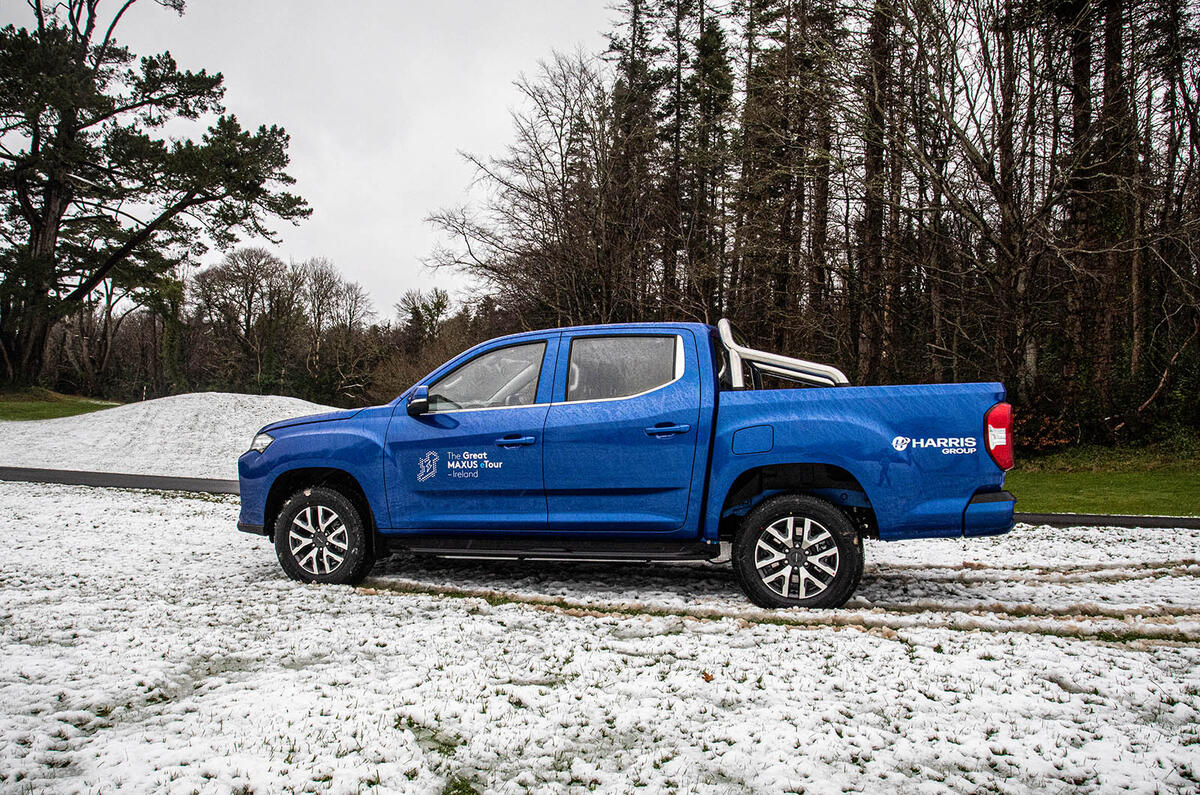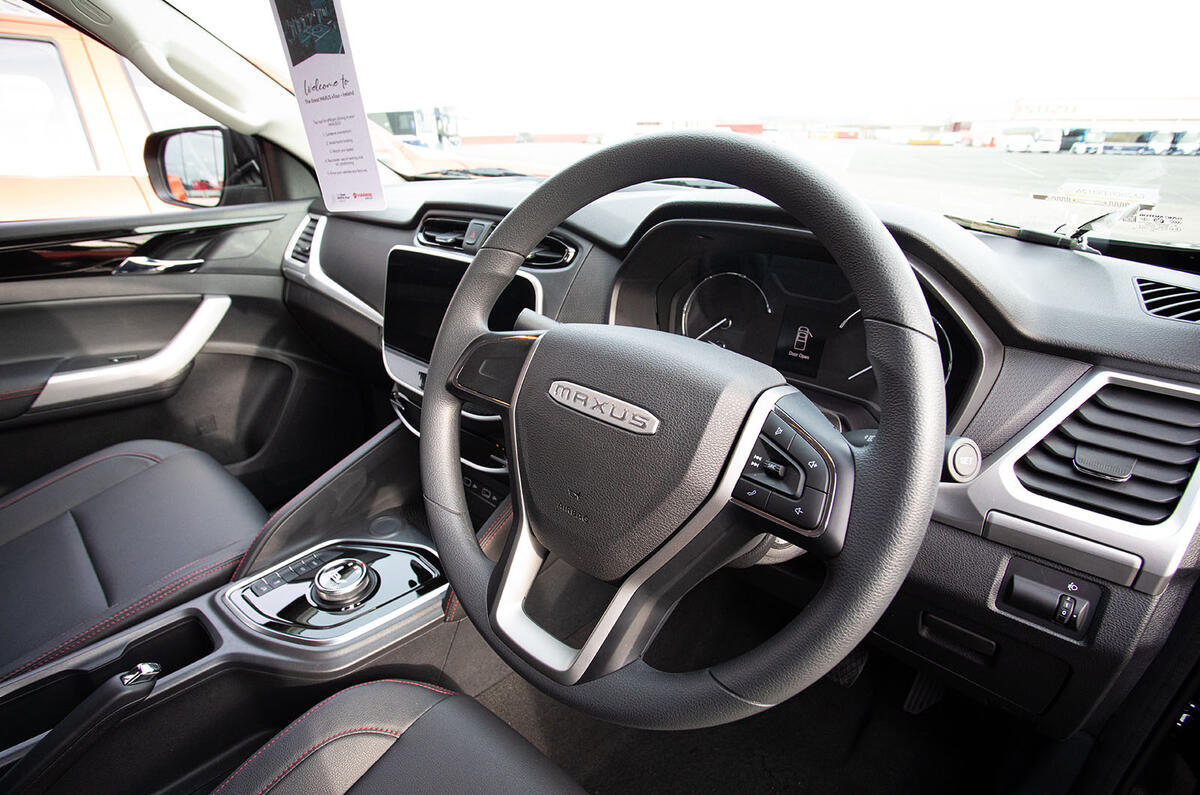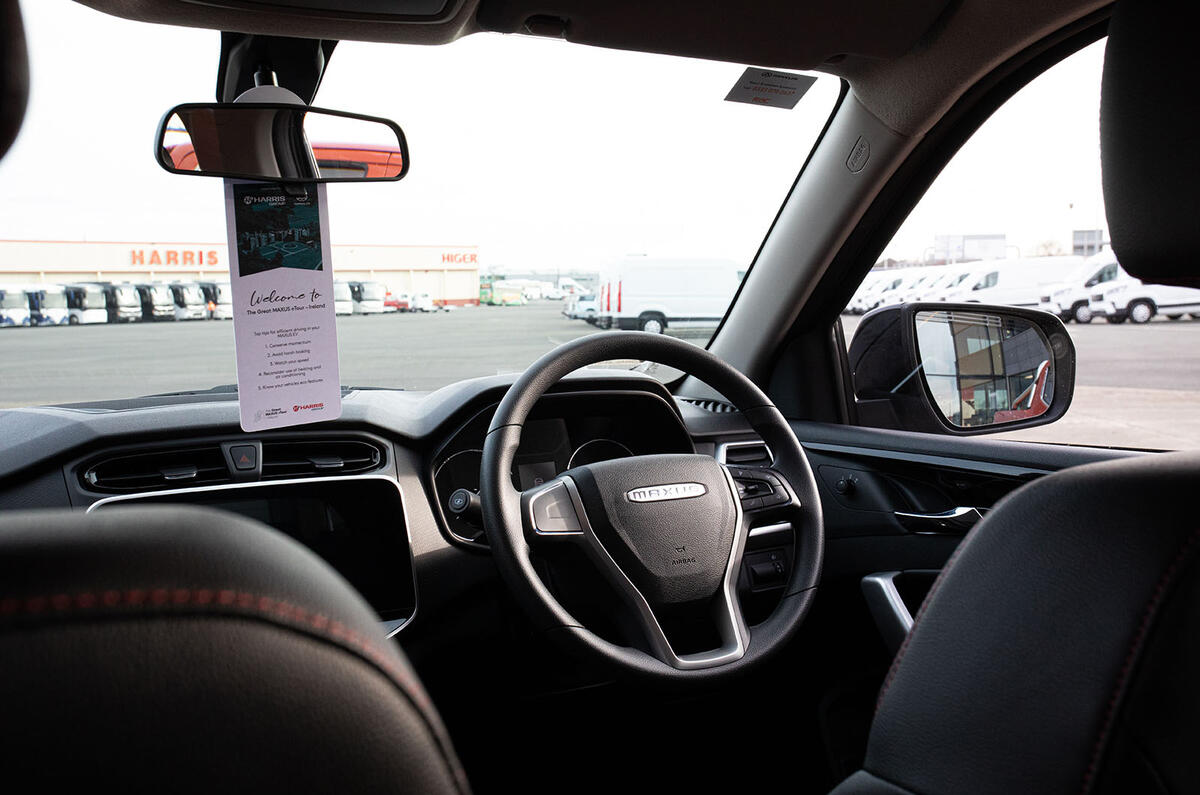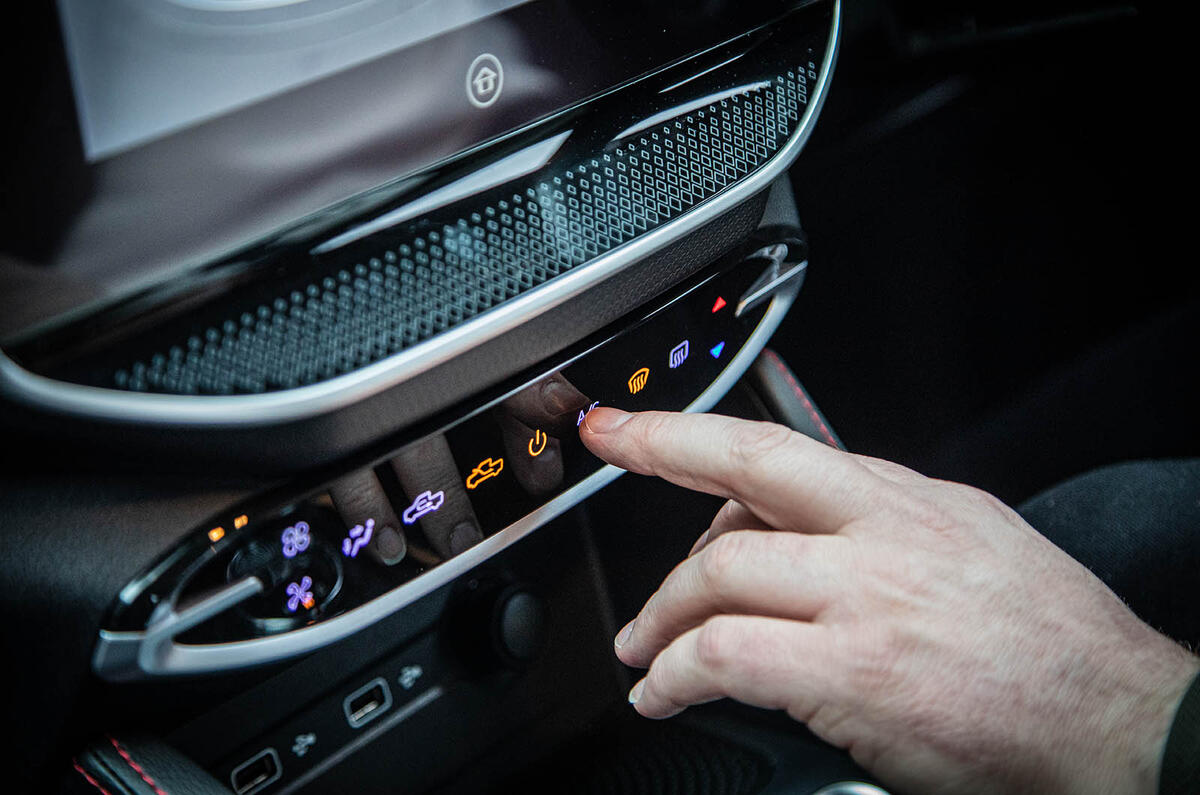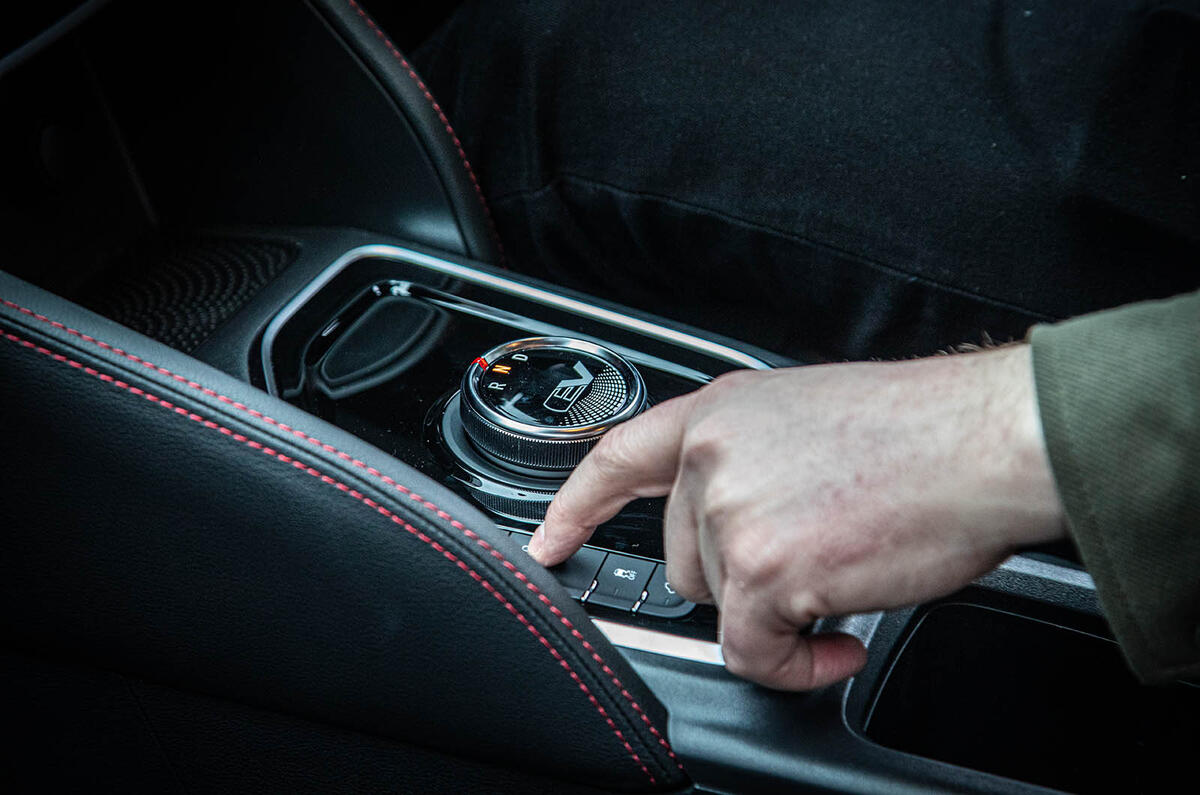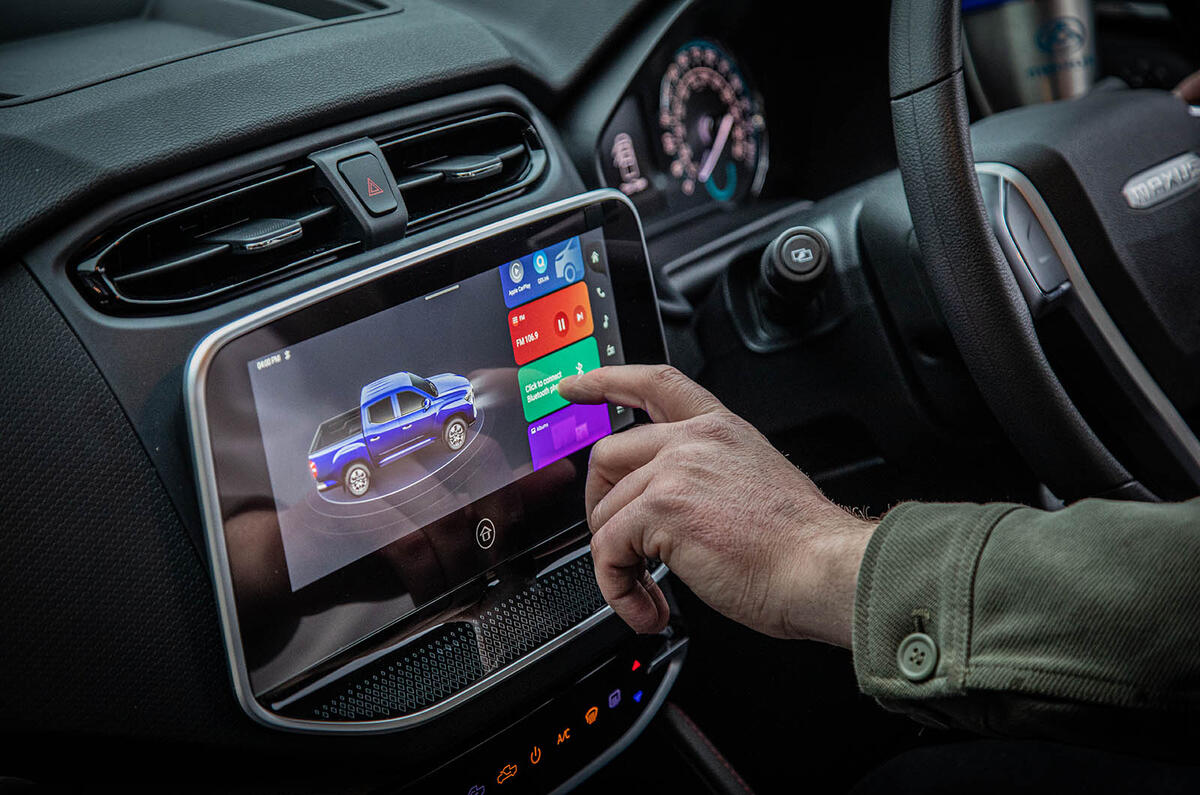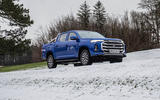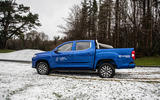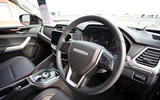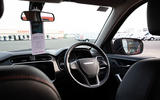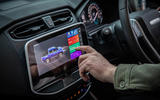Maxus, the commercial vehicle brand reformed by Chinese state-owned manufacturing giant SAIC in 2011 out of the ashes of what was once Leyland DAF Vans, has introduced the UK’s first electric pick-up truck.
The Chinese-built Maxus T90 EV, which has been on sale in other global markets since 2021, has lately been lightly re-engineered in order that it can carry a tonne of payload and therefore qualify under UK commercial vehicle registration rules.
You can buy one via any one of some 60 Maxus dealers nationwide. As a private buyer, you will need deep pockets and a strong commitment to the idea of running an electric flatbed in order to do so, for reasons we will come to. But as a business, the tax incentives that are currently driving the adoption of electric commercial vehicles make a stronger case for it than many would believe.
This is, after all, a pick-up of rather reduced capacities compared with a modern ICE-engined one. It’s only rear-wheel drive, for example. It may now have a one-tonne cargo capacity, but it goes absolutely no farther beyond that figure - and it can only tow up to a tonne on a braked trailer. If you want rugged and capable from your workhorse truck, it leaves plenty to be desired – especially compared with the sheer toughness and capability of a (considerably cheaper) Toyota Hilux or Ford Ranger.



